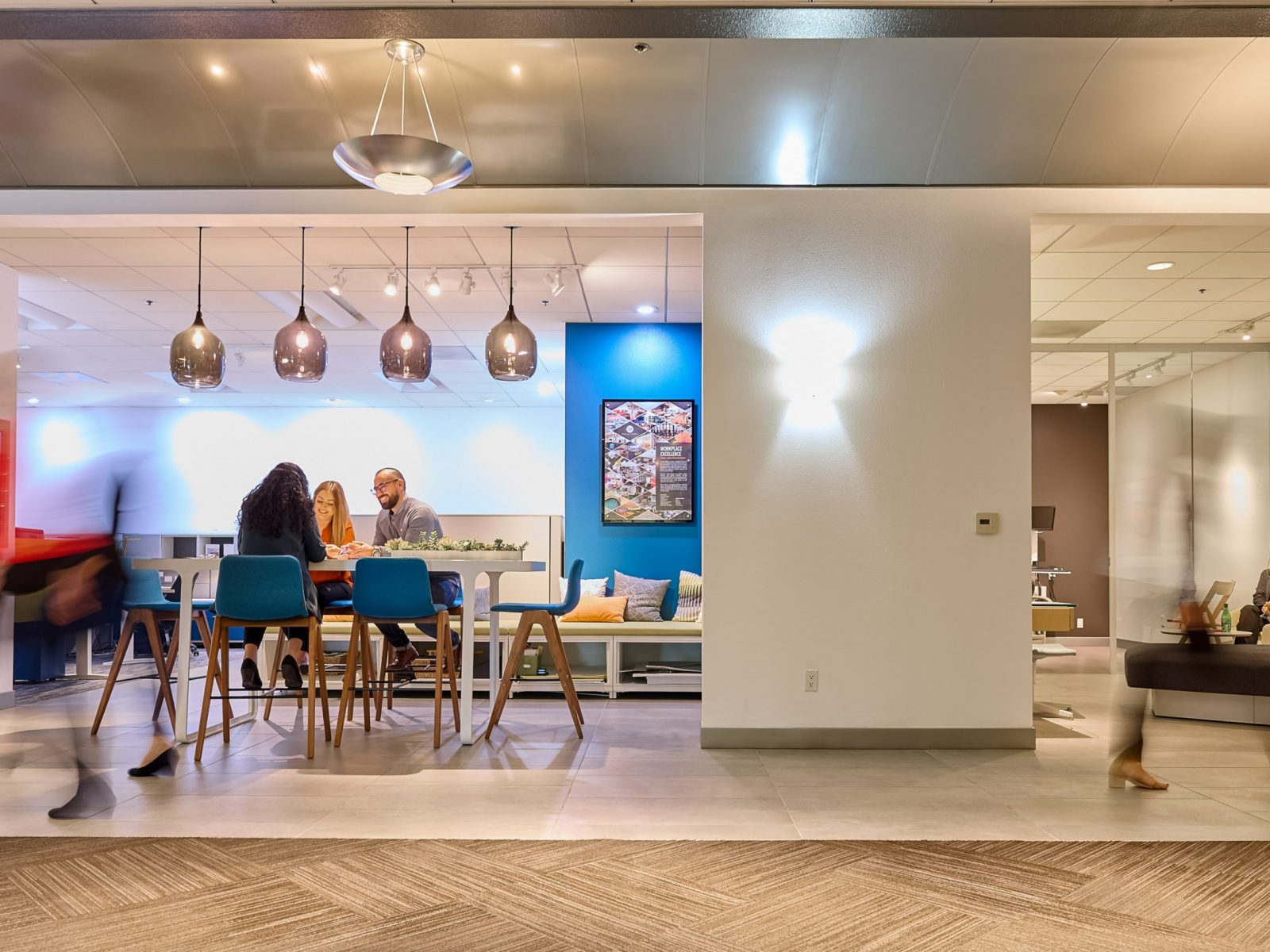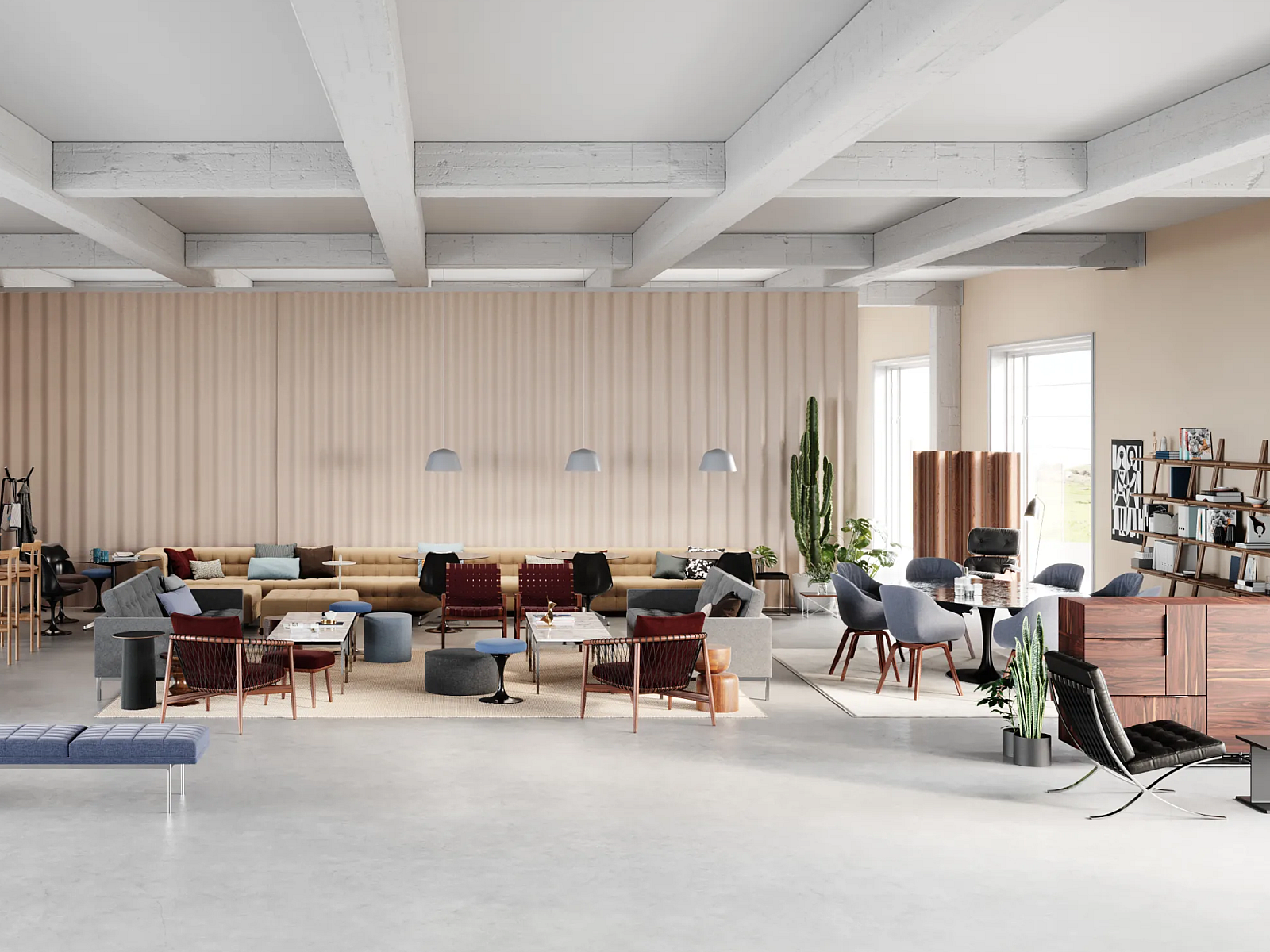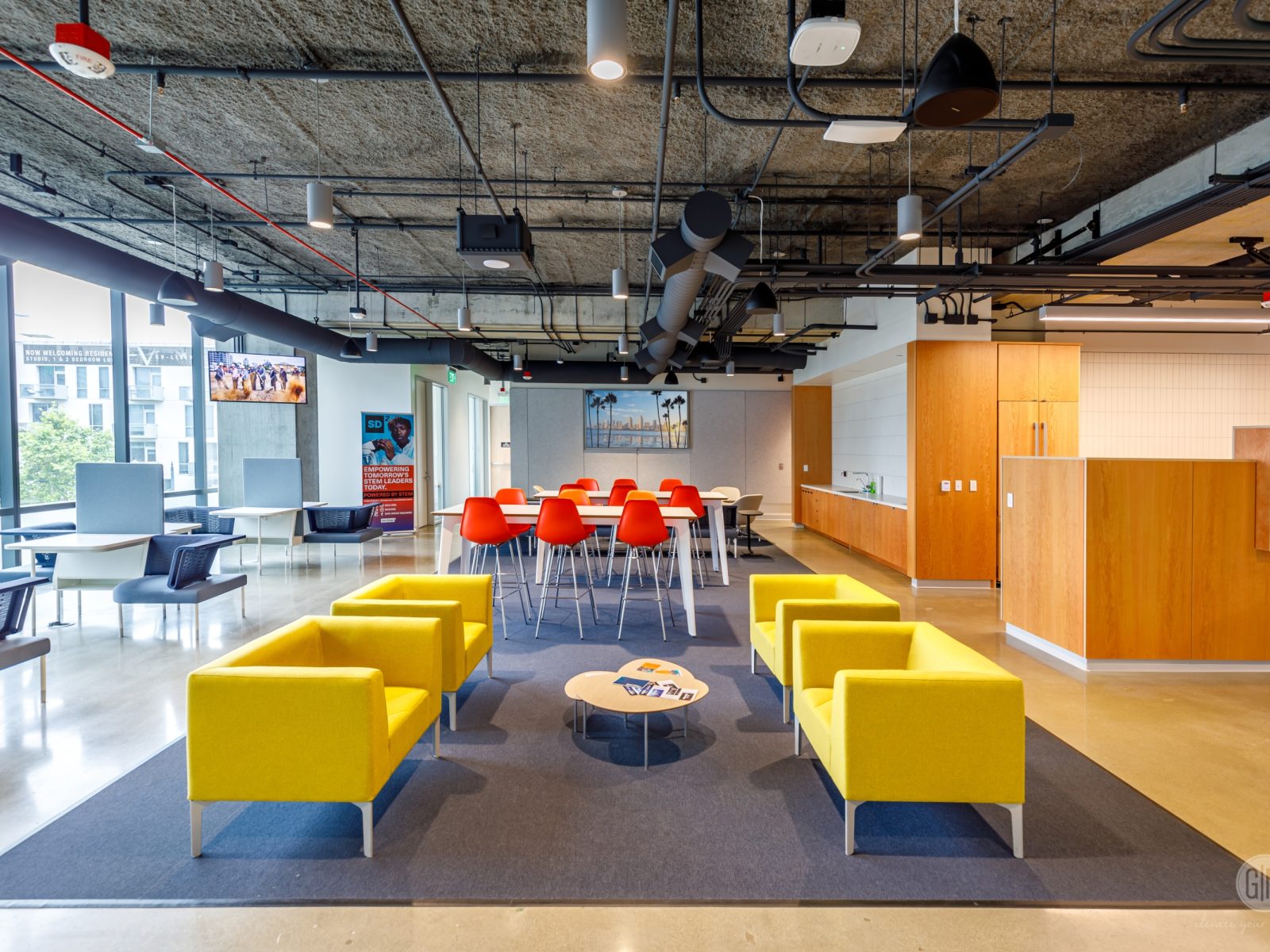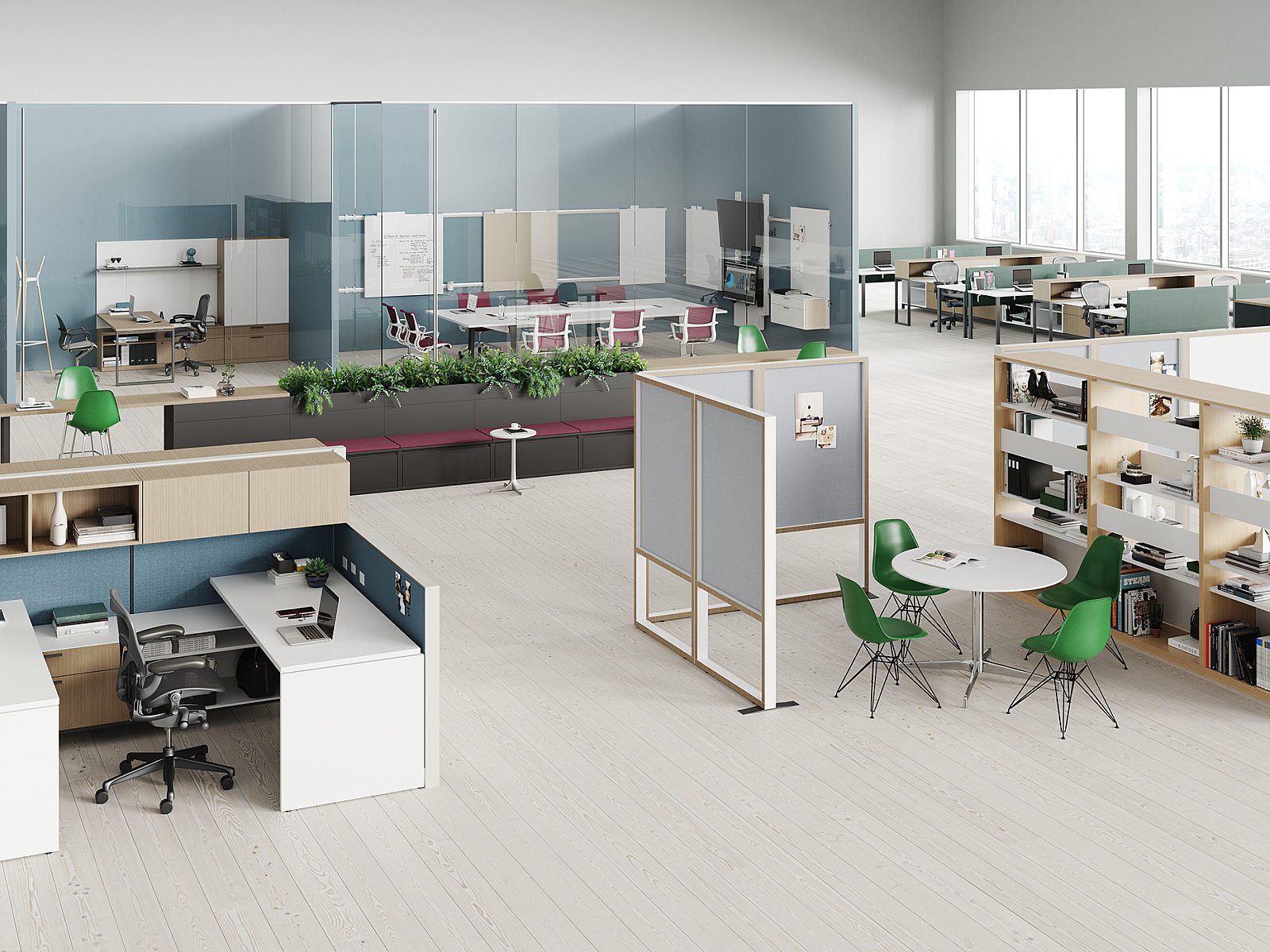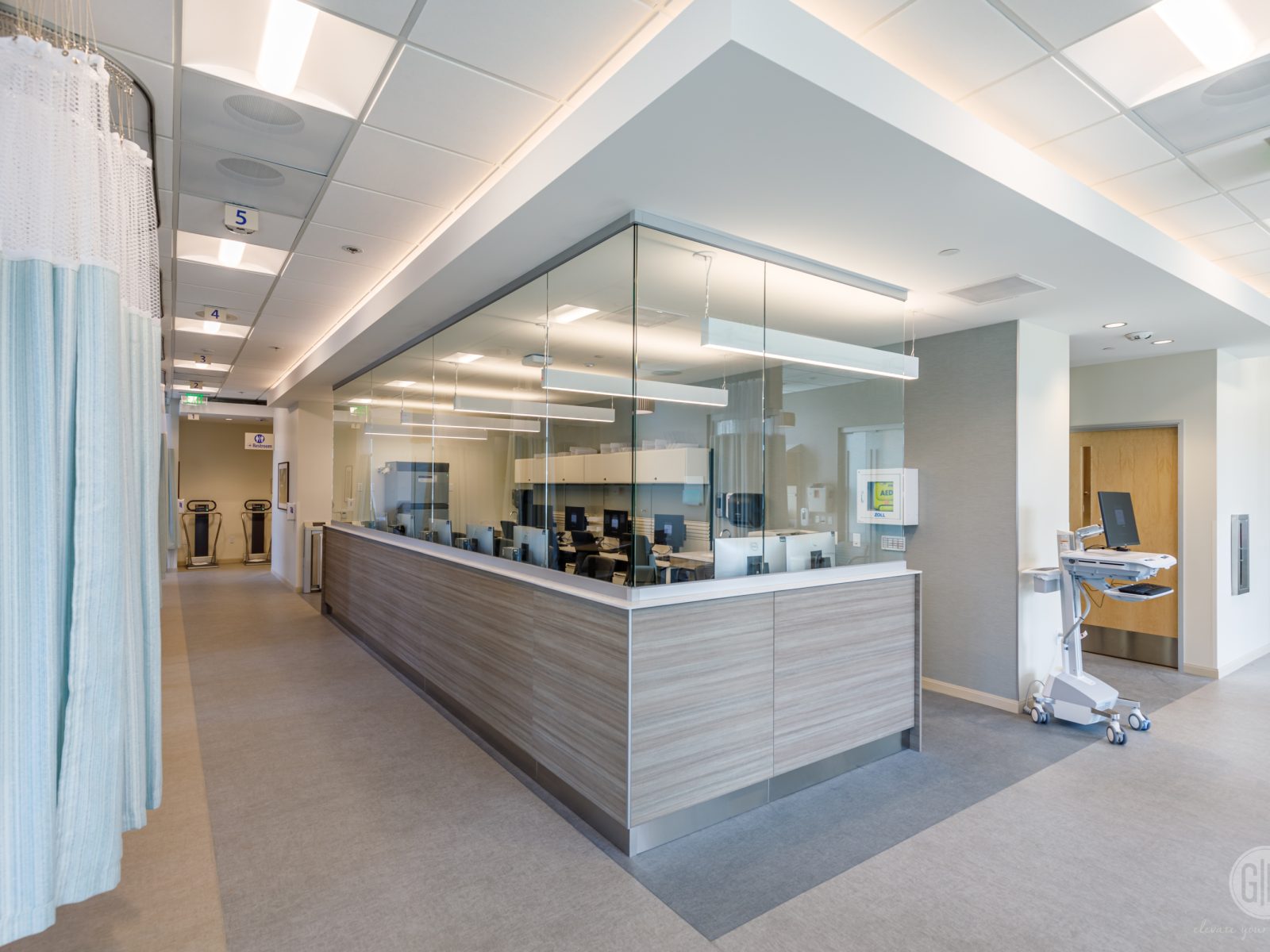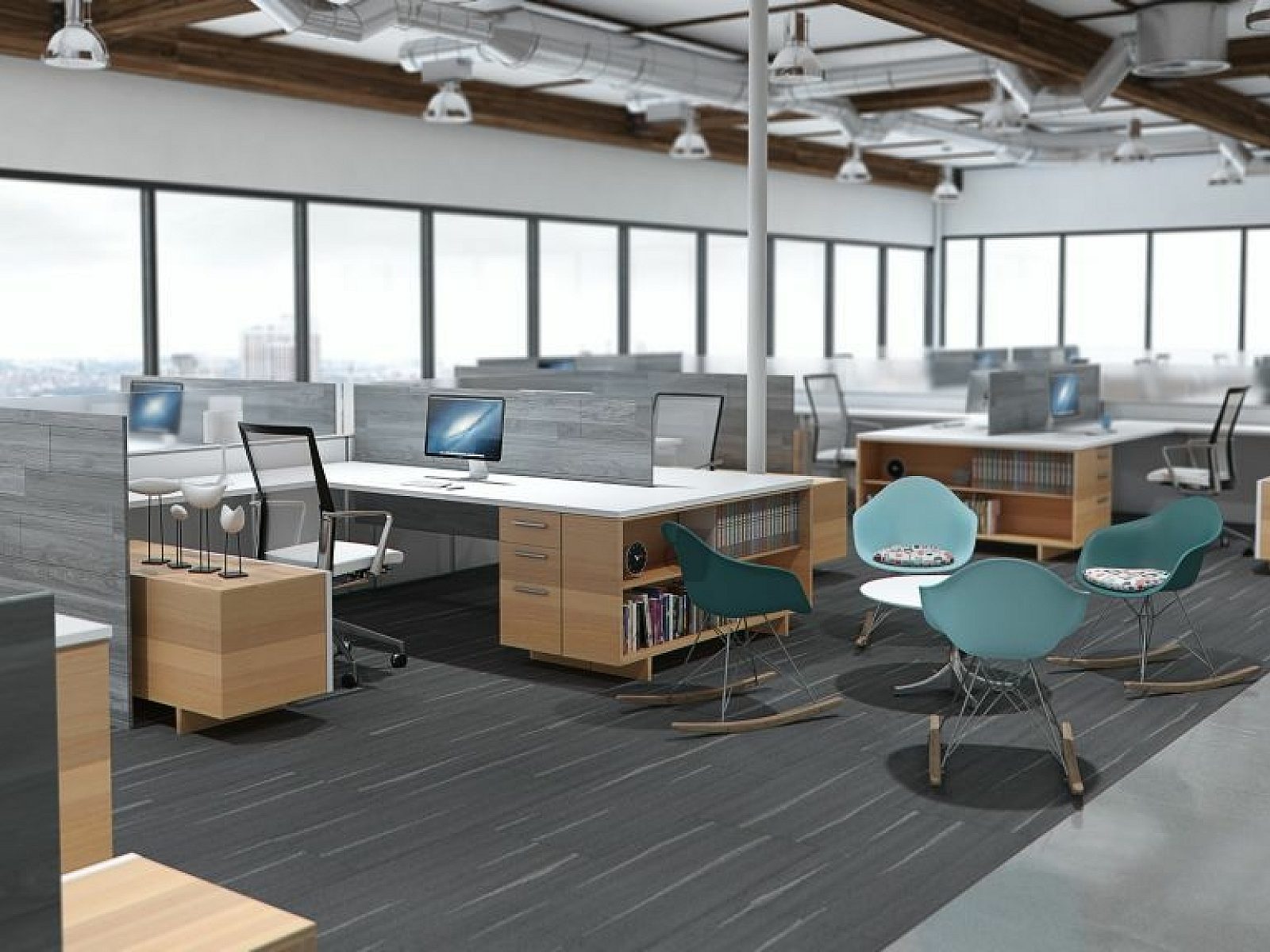Working From Home - Ergonomics Tips
With COVID-19's government-issued shelter-in-place orders, people everywhere are adjusting to a new normal of remote working and the physical effects of working from home are emerging.

Many of us have found ourselves unexpectedly working from home without the proper workspace tools that will allow us to be as productive as we would normally be at the office. And while it can be very tempting to work from the sofa or bed, resist the urge! Although these locations are comfortable, sitting on the sofa or bed can lead to slouching and make working from home a literal pain in the neck. Furthermore, it can even impact your mental performance as you won't feel like you are in "work mode."
Try to make your workspace comfortable by investing in an ergonomic chair you feel comfortable sitting in for eight hours a day (or more), especially if working from home is long-term for you. Your back and neck will thank you later - trust us! A sit-to-stand table can also help with keeping you healthy and moving throughout the day. Use the below guide as a reference for ensuring the best ergonomics as you work remotely.

Desk
Ensure there's clearance for your knees, thighs and feet under your desk. If the desk is too low and can't be adjusted, you can place sturdy boards or blocks under the desk legs to prop it up higher. Alternatively, if the desk is too high and can't be adjusted, raise your chair. Use a footrest to support your feet as needed.
Chair
Choose a chair that is adjustable and supports the natural curvature of your back. Adjust the height of your chair so that your feet rest flat on the ground and your thighs are parallel to the floor. Adjust the chair's armrests so your arms rest gently on them with your shoulders relaxed.
Footrest
If your chair is too high for you to rest your feet flat on the floor — or the height of your desk requires you to raise the height of your chair — use a footrest. If a footrest is not available, try using a small stool or a stack of sturdy books instead.
Monitor
Place the monitor directly in front of you, about an arm's length away. The top of the screen should be at or slightly below eye level, directly behind your keyboard. If you wear bifocals, you can lower the monitor an additional 1 to 2 inches for more comfortable viewing. Place your monitor so that the brightest light source is to the side.
Keyboard and mouse
If your desk has a hard edge, pad the edge or use some sort of wrist rest. Place your mouse within easy reach and on the same surface as your keyboard. While typing or using your mouse, keep your wrists straight, your upper arms close to your body, and your hands at or slightly below the level of your elbows. Use keyboard shortcuts to reduce extended mouse use. Consider adjusting the sensitivity of the mouse so you can use a light touch to operate it. You can also alternate the hand you use to operate the mouse by moving the mouse to the other side of your keyboard.
Telephone
If you frequently talk on the phone and type or write at the same time, place the phone on speaker or consider using a Bluetooth headset or headphones to stay hands-free during calls, and avoid cradling the phone between your head and neck.
Key objects
Keep key objects — such as your phone, notebook and writing utensils — close by to minimize reaching. Stand up to reach anything that can't be comfortably reached while sitting.
Not everyone has the budget or long-term need to invest in the proper ergonomic furniture and that's ok. If your budget doesn't allow you to purchase new WFH furniture, there are still many things you can do to ensure the best postures and physical support: use books to prop your computer monitors up to eye level, put a thin pillow on your seat, and add a rolled towel between your lower back and chair for spinal support. Whatever you do, just be sure to have a dedicated workspace - this will help with boosting productivity by turning you "on" to work mode and minimizing distractions.



